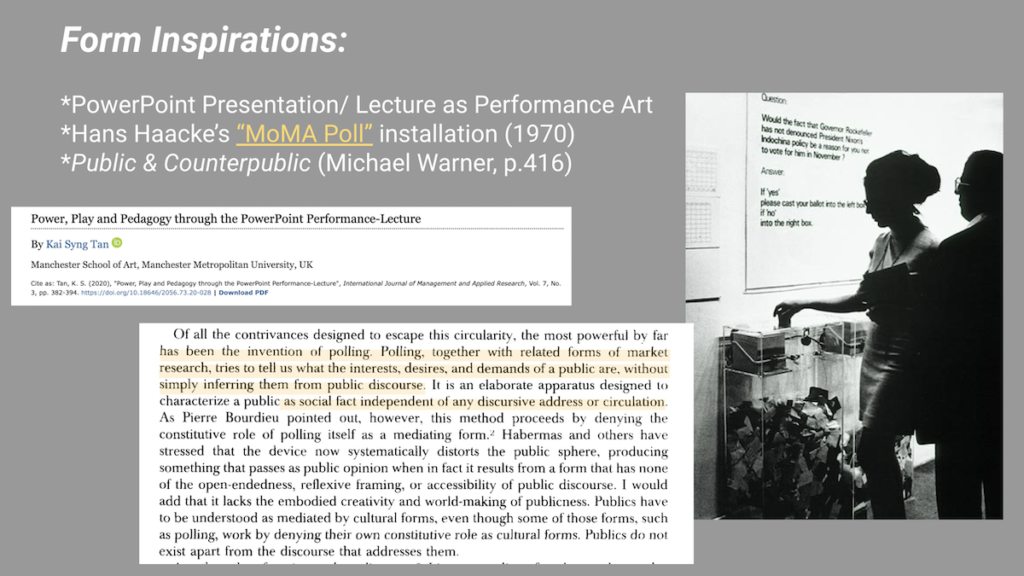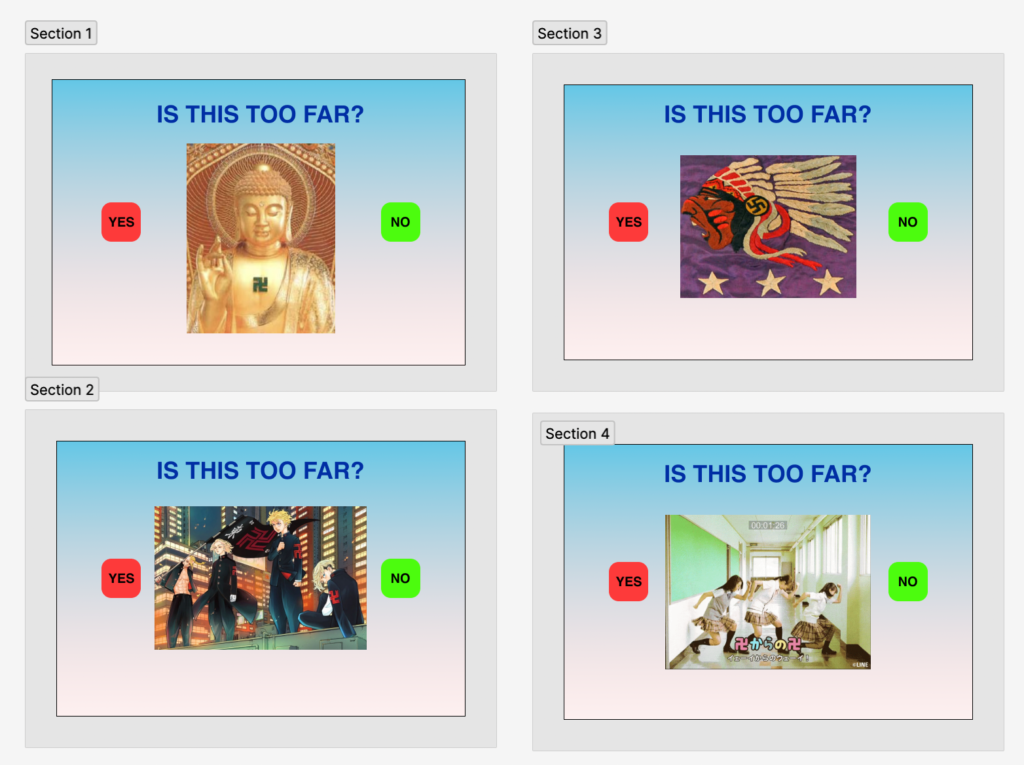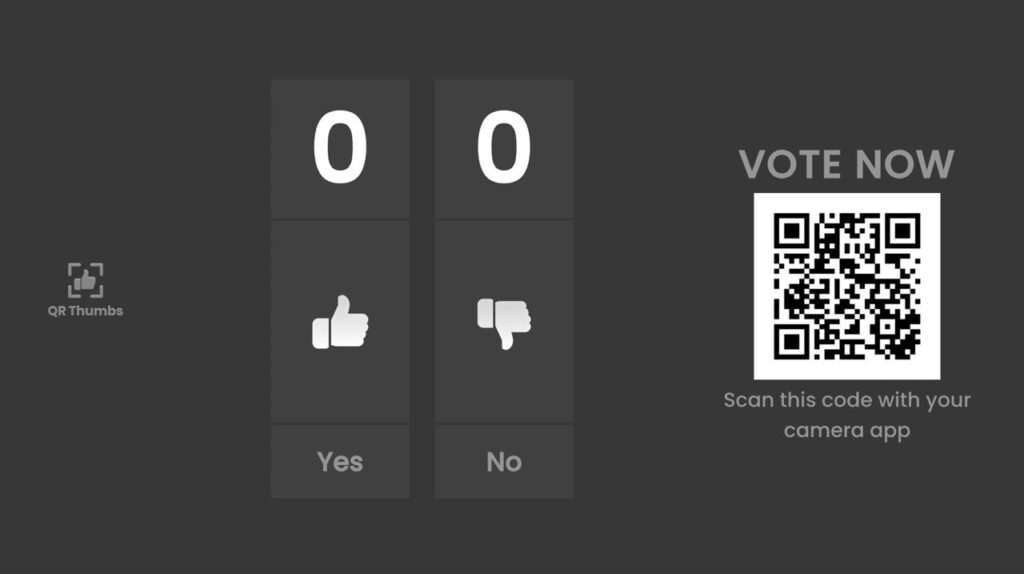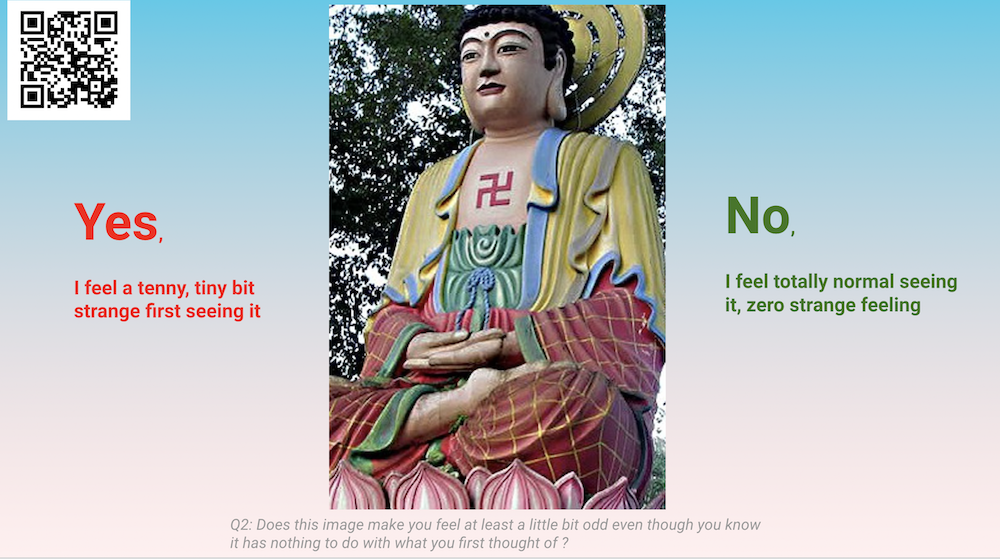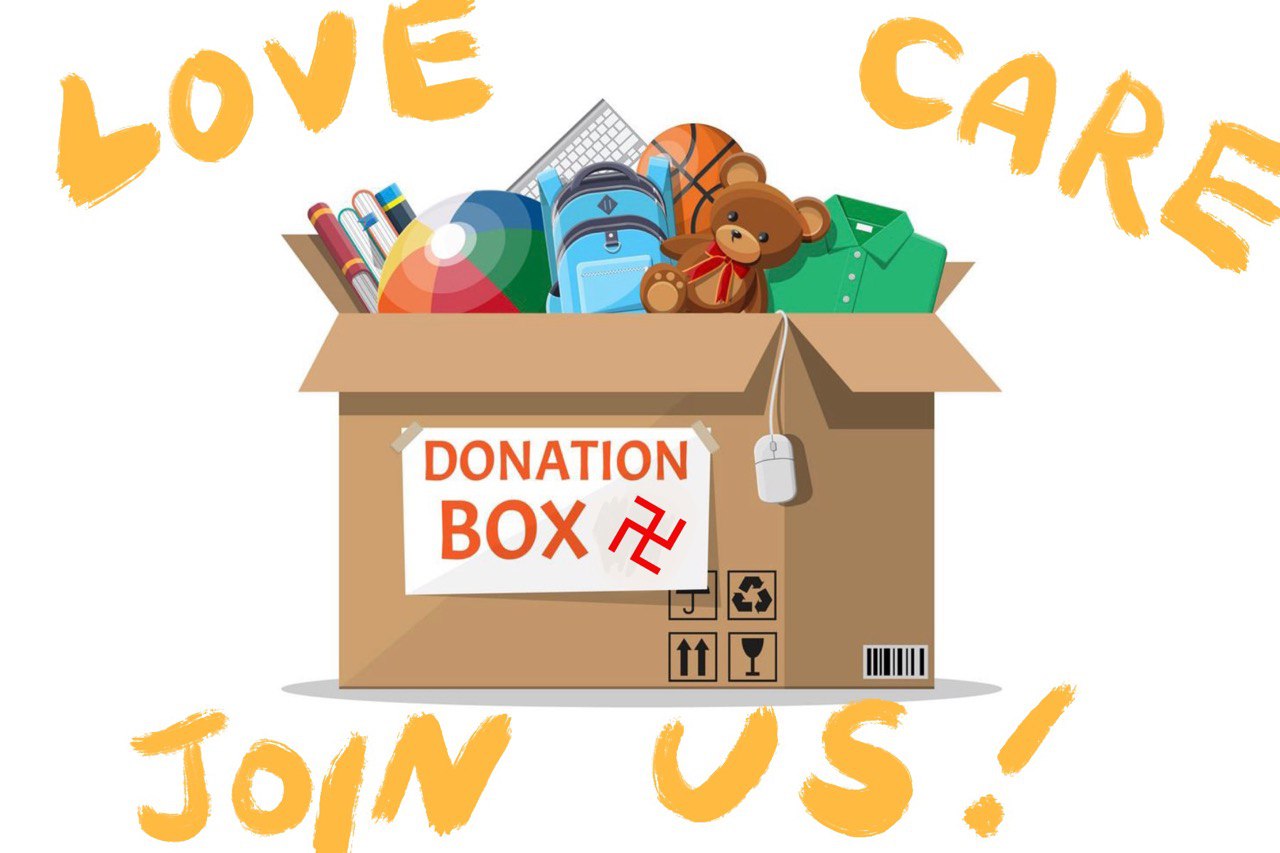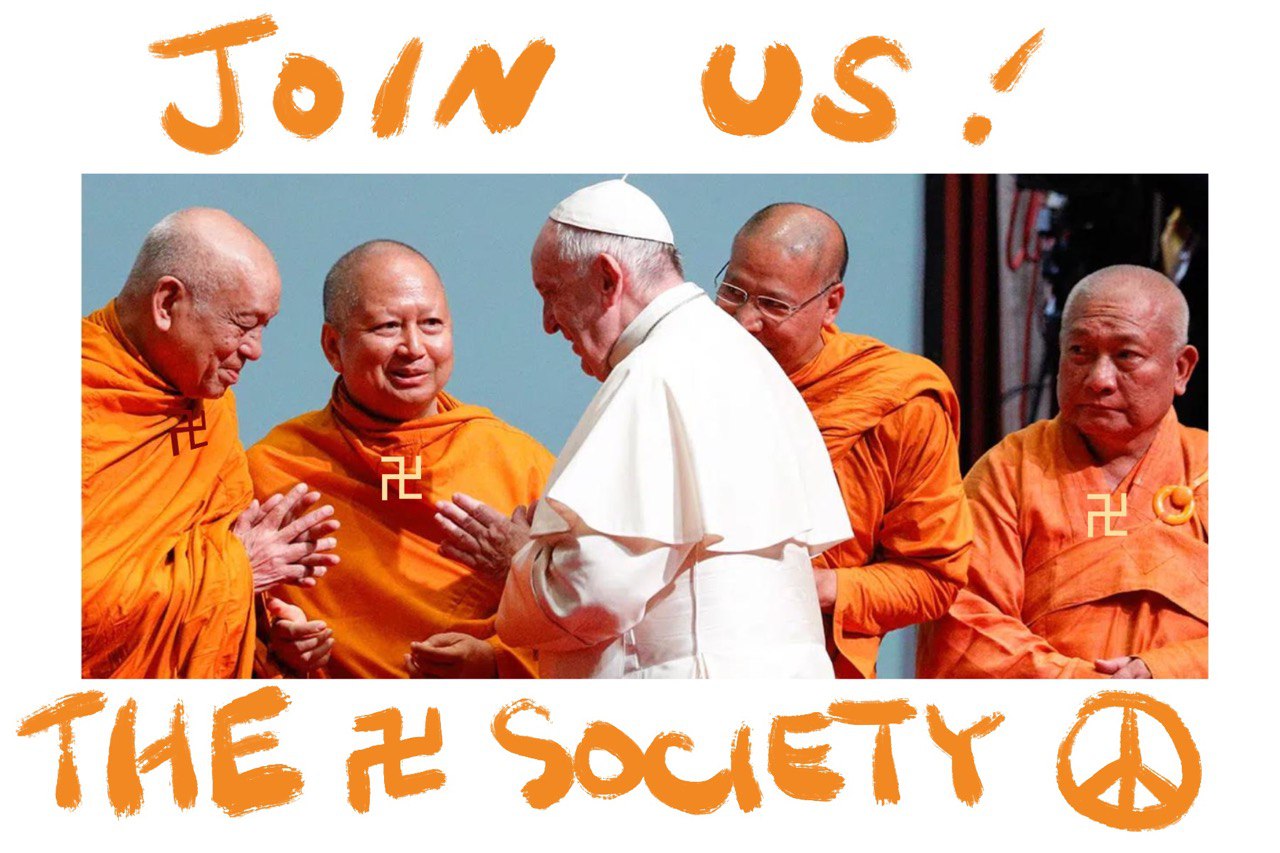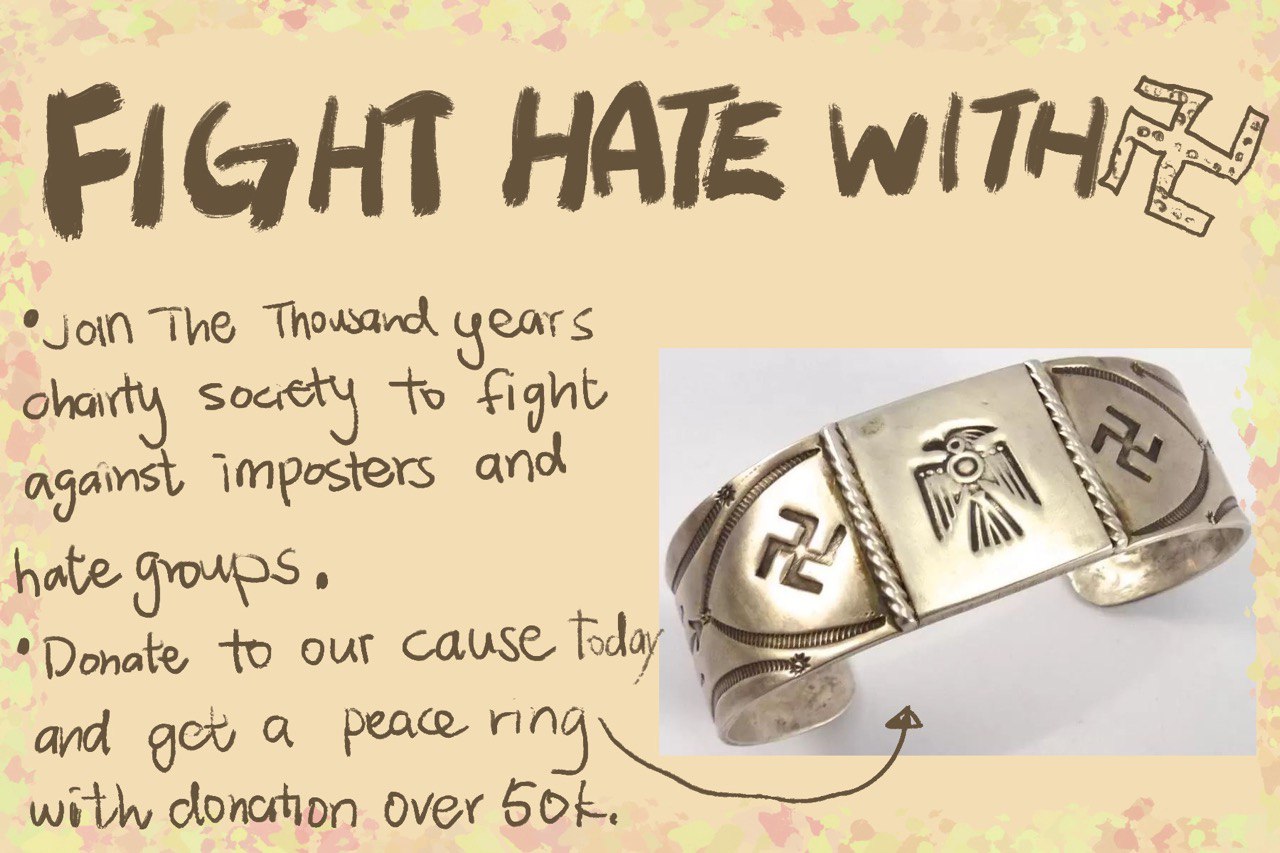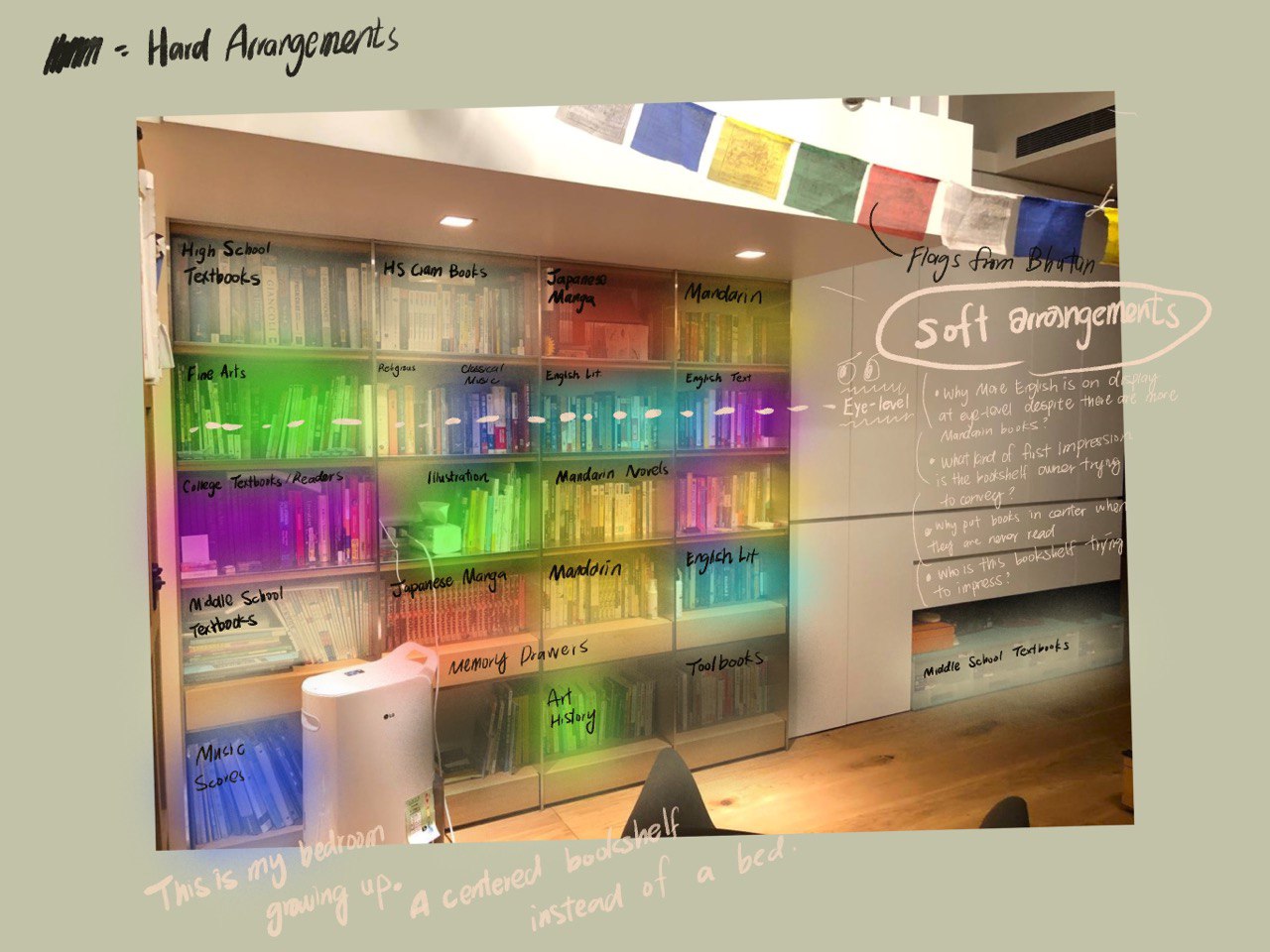Final Reflection: A Simple Poll
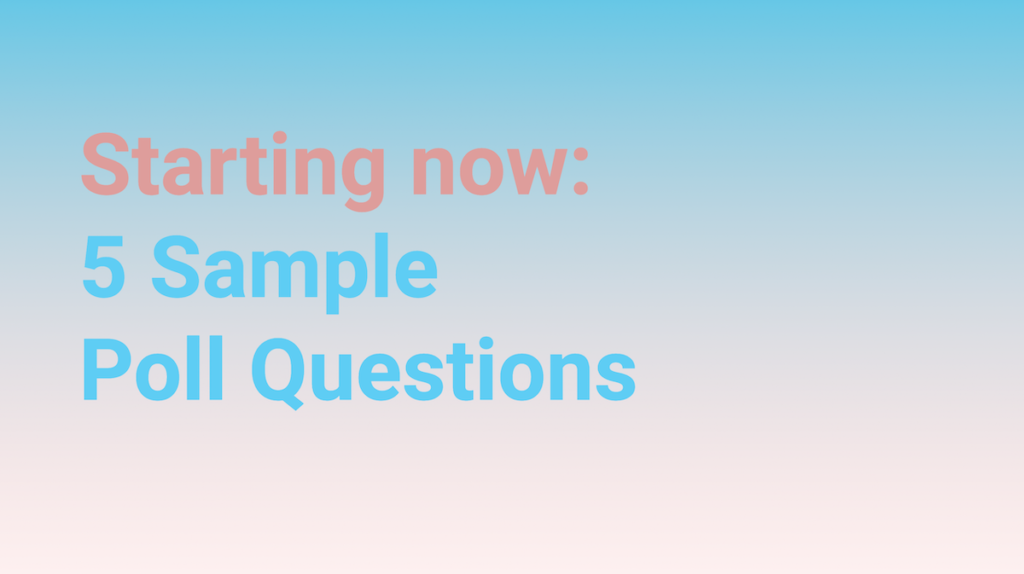
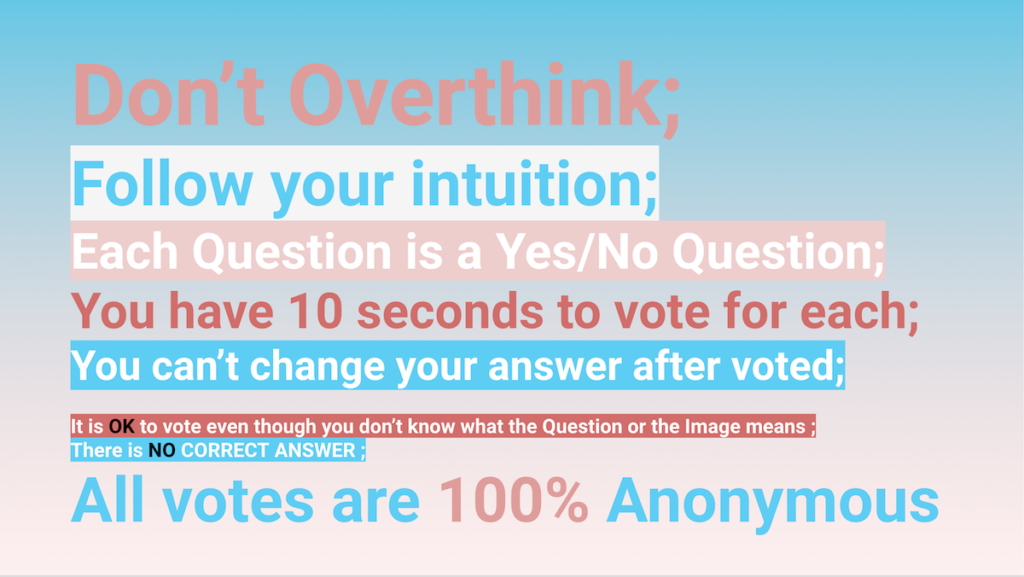
-What did you learn?
User Testing is really helpful and important in developing an experience. More importantly, a more random testing body other than family and friends is going to be a lot more helpful. I was able to spot a lot of issue through user tests, but I think I could have done better if I was brave enough to reach out to more strangers about it.
-What feedback did you receive? Any reflections on critique itself?
Marina Zurkow, the visiting artist brought up the important question of fostering a space for conversation, discussion. I agreed a lot with it, and felt it was something I planned in the project’s “results” section, but failed to deliver during the actual presentation due to nervousness. I wish I could make it a lot more clear in the presentation.
-What might you do differently in terms of process or content?
I will shorten the actual experience part, do 2 questions instead of 5, and make sure I spend more time in explaining the entire experience if possible. I did rehearse my presentation slides, however, I only did it in my head. I really should start rehearsing out loud even though it feels odd at first. That is probably the only way I can get the true or at least a lot more accurate estimate about how things and time might run.
Another big mistake I realized I did, was not having the Poll’s QR Code on slides after the initial introduction. I later found out in chat that some classmates missed the first opportunity to scan the QR code, and thus was not able to participate throughout the entire exercise. I have already made a quick change by including a tiny QR code to the poll on each slides after the initial instruction slide.
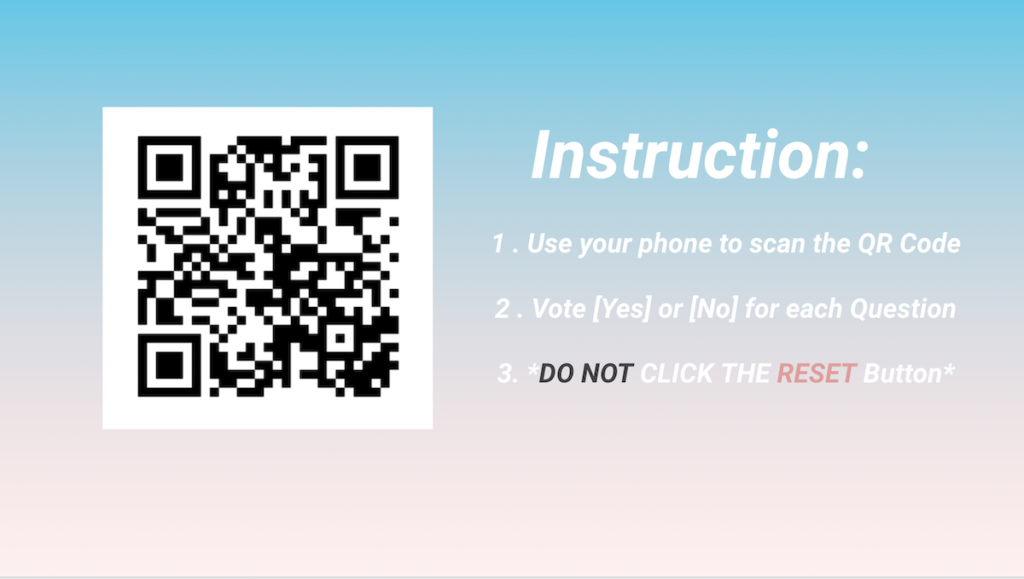
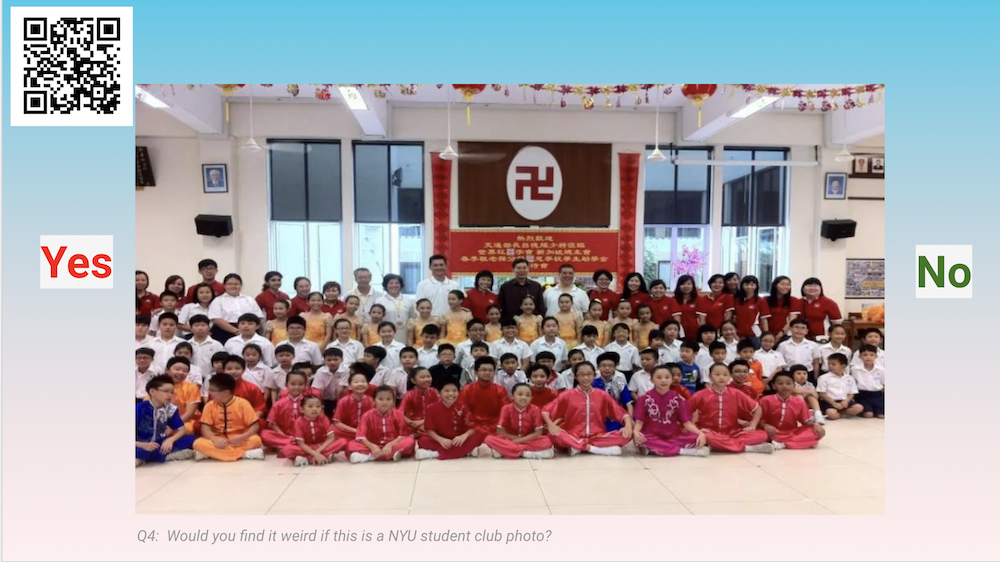
//
Ideally, I wish I can create a tool that I can automatically turned all the polls into instant pie charts for the result section. I was doing everything manually on spot using 2 laptops and a phone during the live presentation: count the vote, generate the pie charts, and put them into the slides. I was not able to multitask as great as I thought I would, so only ended up finishing the first poll on time. I hope I can make this part smoother in future, and thus have time for actual conversation and discussion about the question with the participants.
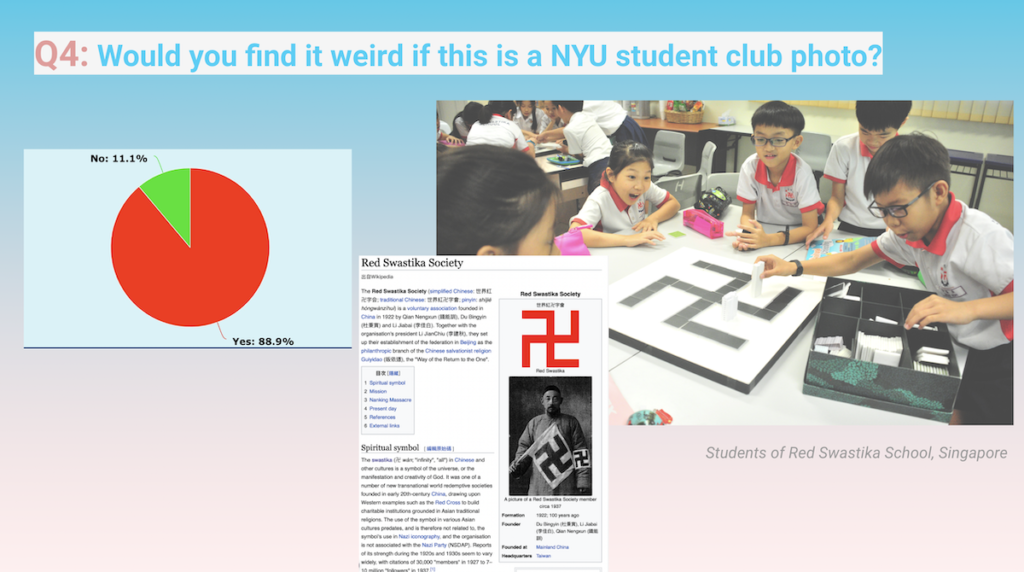
//
I also really wish I present and explain the form, inspirations, and research process more in my presentation. I had 5 slides of curated bibliography that I planned to briefly talk about, hoping to share some of the uncommon knowledge with the audiences.
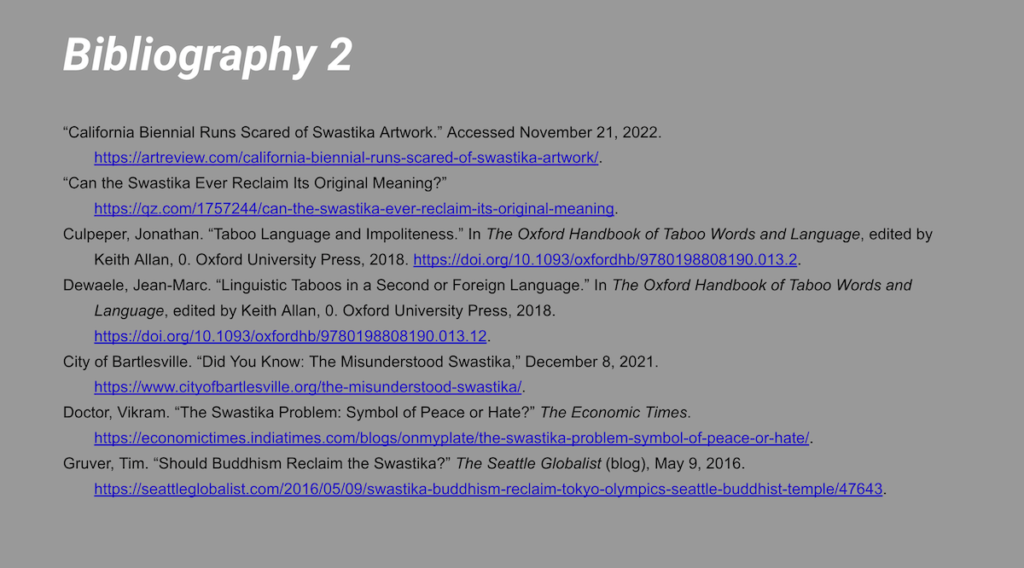
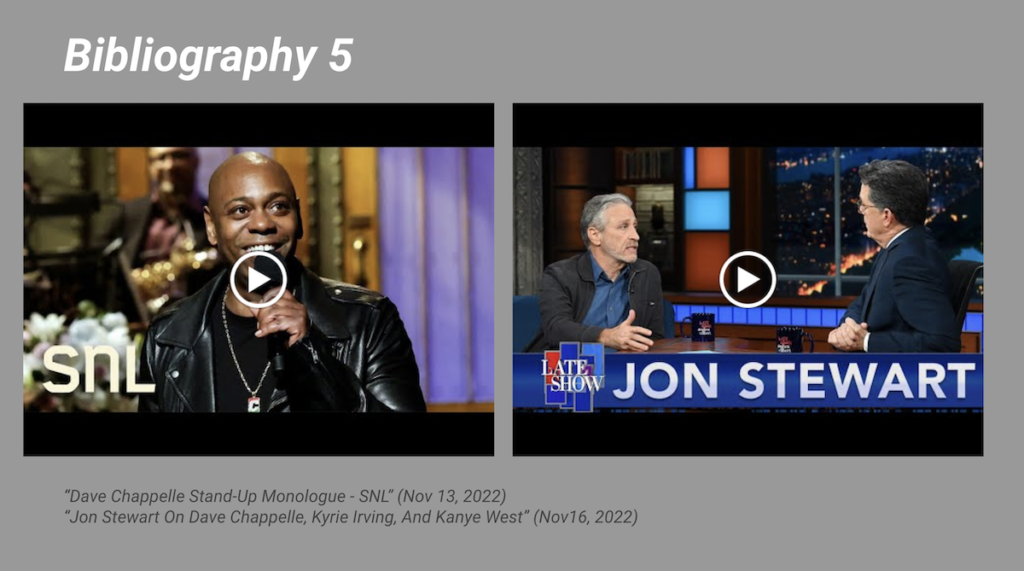
//
-What was inspiring? What parts?
I am not sure how I did with content warning, and how it foreshadow my project experiment. I was inspired in doing it this way by couple of the standup comedies I’ve seen recently. However, I think I can do better with it, and finding a balance in the wording as well as presenting it is tricky.
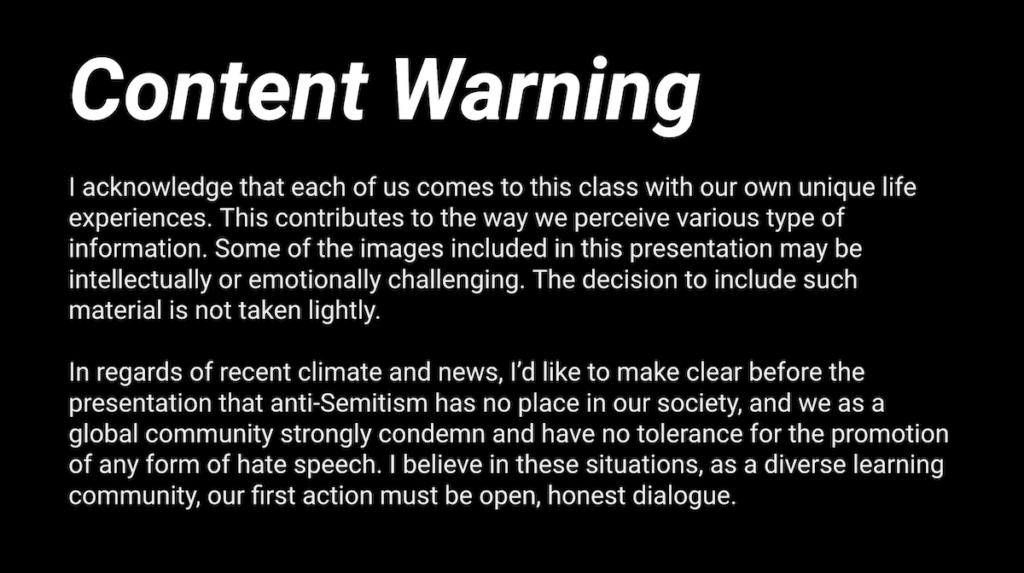
In addition, I was inspired by many other classmates’ works, especially resonate with Elizebeth’s Sunscreen Project, and Nicole’s through and clear walkthrough of her project development.
-Revisit the assignment prompts: how did your project relate to the original prompts, in terms of critical lens, audience, tone, etc…
I think I stay pretty close with the assignment prompts, and especially feel my project does aim to provide an alternative, or hidden history that shifts power structures; as well as facilitated the formation of a new community arising out of an identified need. Hopefully through the simple poll, I can plant the seeds in some people the desire to make a material change, or maybe at least think about history in a broader sense with other cultures in consideration.
-How did you balance research and experimentation? Which is easier for you? How can you focus more on the areas that you shy away from?
Balancing research and experimentation is probably the most difficult part to me as always, I have the tendency and desire to lecture, or maybe even set up doctrine. I needed to constantly reminding myself that “show, don’t tell”, as well as the idea that nothing will be digested by audiences if the food is being forced into their mouths. Subscribing to the concept of having PowerPoint Presentation/Lecture as a form of performance art might be a way for me to blur the line between research and experimentation, but can also feel like cheating, I am not sure (lol).
